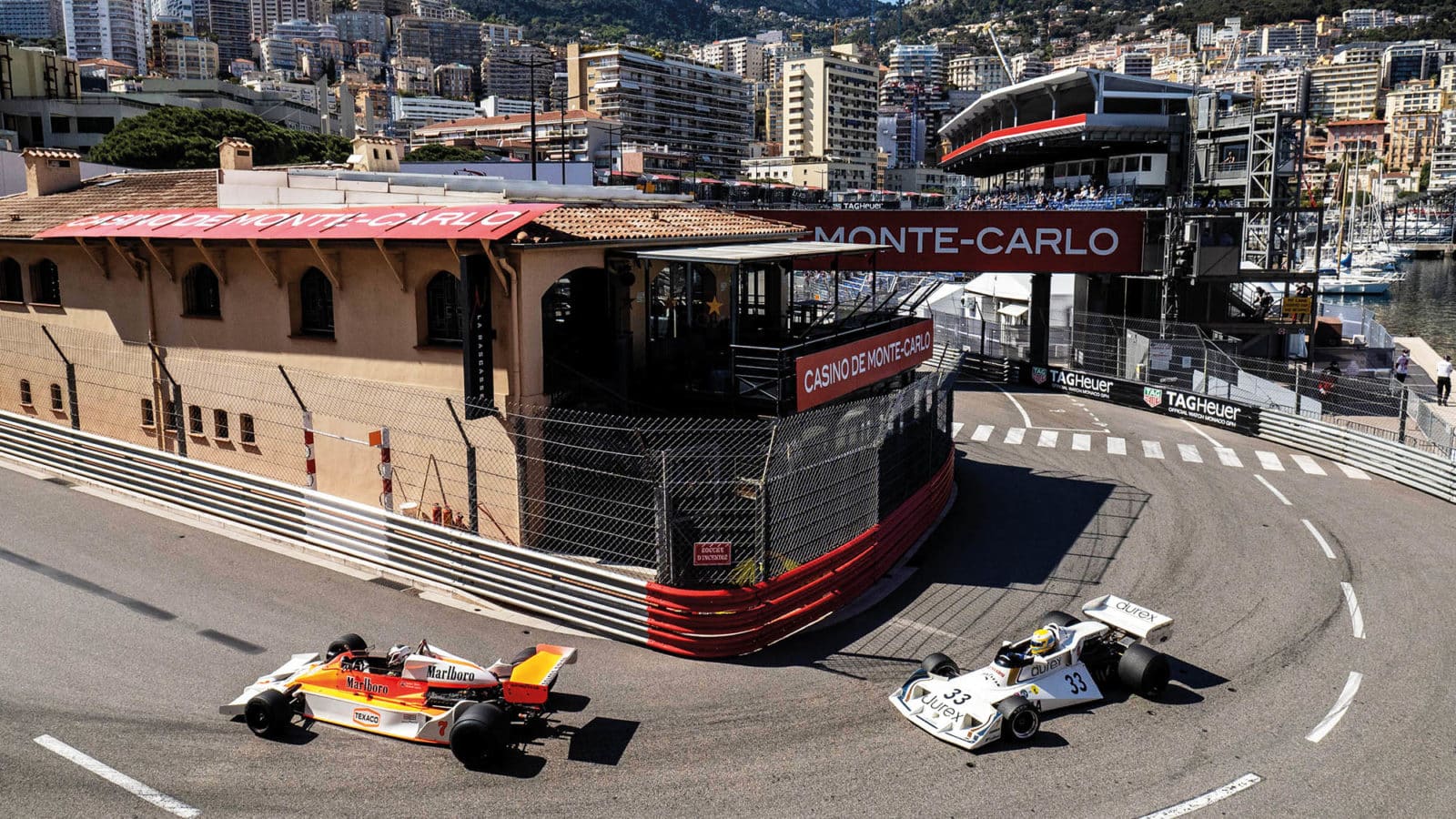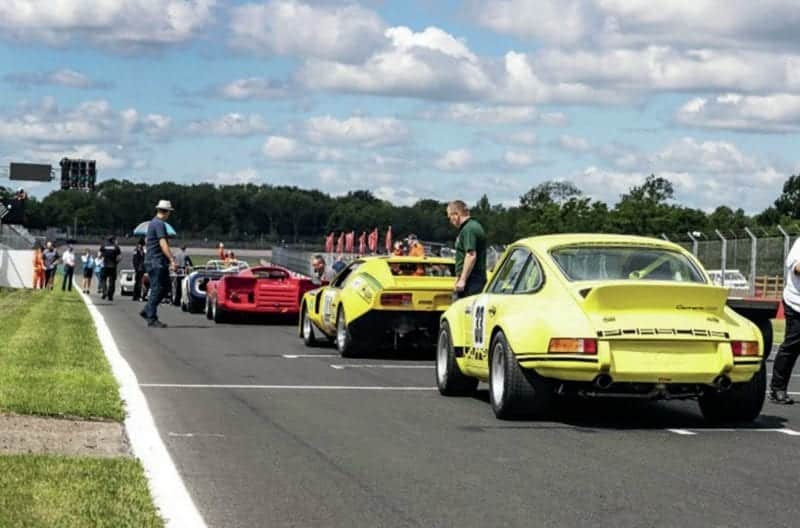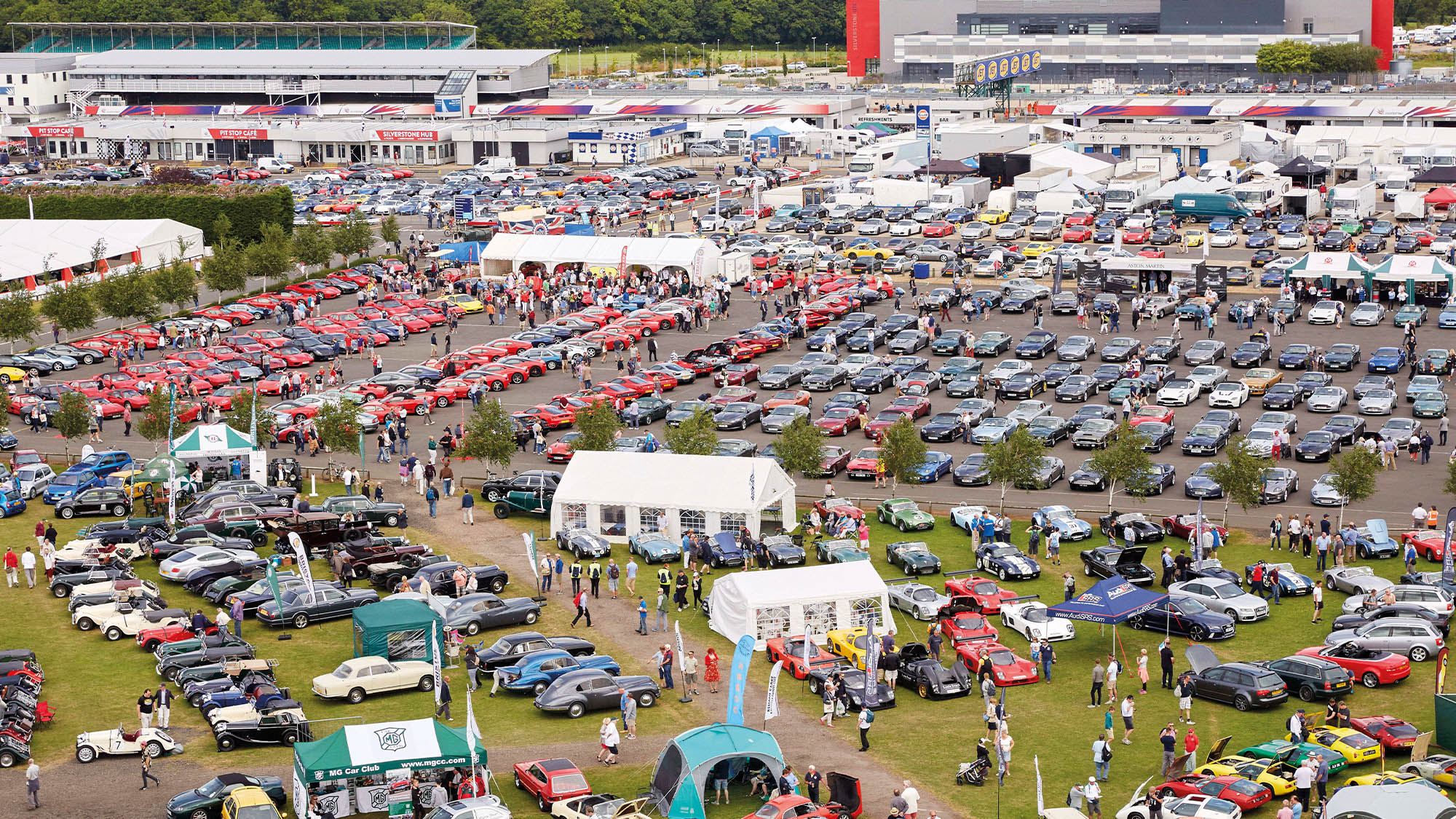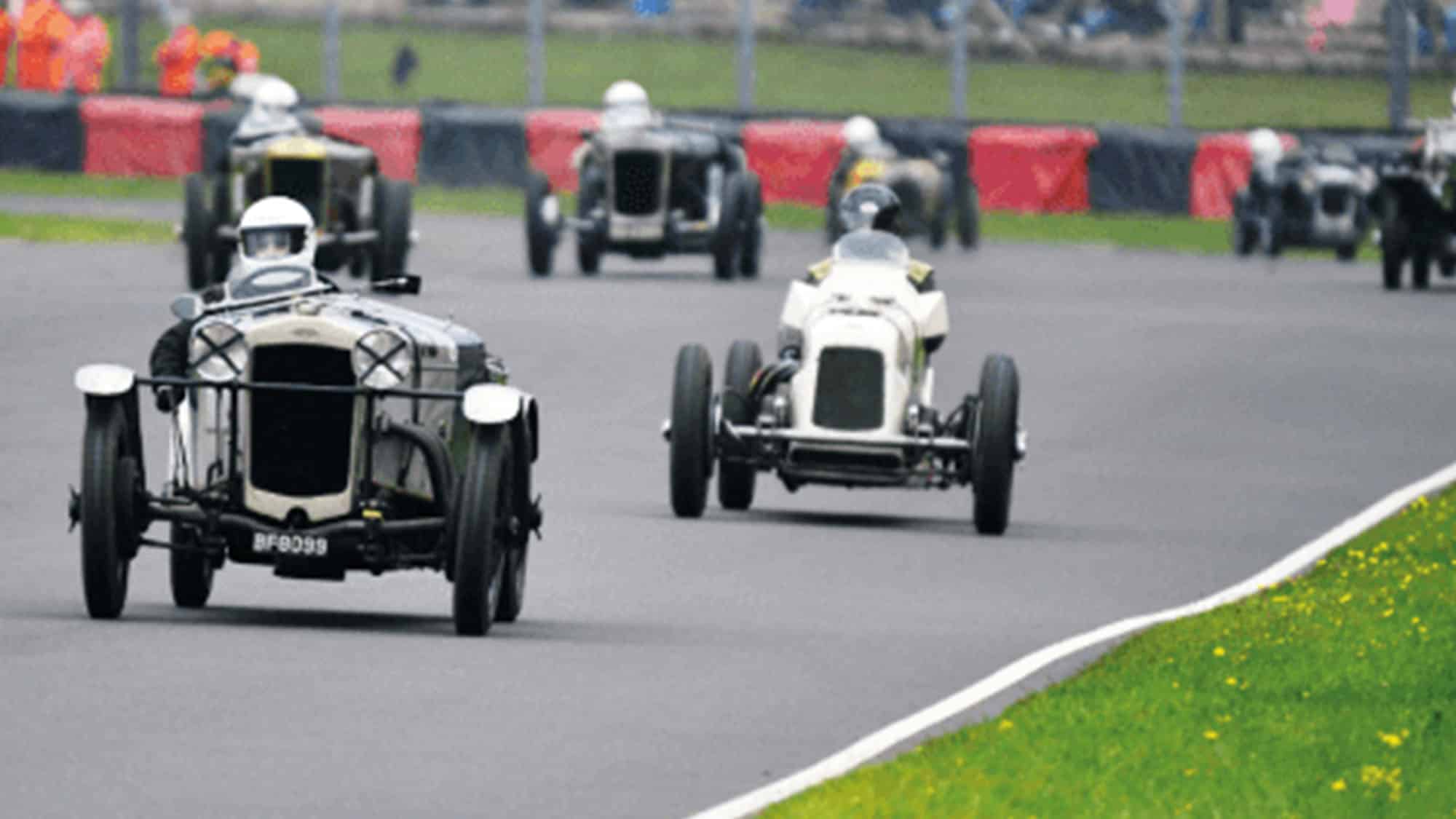
Pearson wins GP Support Race
Local Lister-Jaguar ace Gary Pearson won the BRDC's Historic Sports Car Championship round which graced the British Grand Prix support bill, after a thrilling battle with Robert Brooks' agile 2-litre…

The Monaco Historique returned this year
Imagine a world permanently without the Goodwood Revival, Le Mans Classic, Monaco Historique or the Silverstone Classic. We got a taste of such a dystopia during 20 20 when all were taken off the table by the pandemic.
Engines fell silent as the wider, more important troubles of the world took precedence. These events are pillars of the sport that dictate to many teams, drivers and enthusiasts exactly where they’ll be across any given weekend of the racing season. That 2020 break in play could have had large and lasting ramifications for the sport, with businesses being closed, circuits struggling, and fans unable to attend events.
It’s been a ghastly 18 months in that respect, but there is light at the end of the tunnel as the myriad of virus control strategies and vaccination programmes begin to take effect, and it’s clear that historic racing has weathered the storm even better than we’d hoped.
At the top end of the scale, in April the Monaco Historique became the first major historic racing event to return, albeit with strict spectator limits. At the other end of the spectrum, both the Vintage and Historic sports car clubs burst back into life at Silverstone and Snetterton, their total entries numbering 225 and 230 respectively. That’s almost 500 cars. Out racing on the first weekend back. Across just two meetings. Historic racing has returned and arguably it will be better than ever because of the downtime.

“So far we’ve seen some very positive signs that historic racing as a whole is experiencing a bit of a rebirth of passion,” explains Vintage Sports-Car Club president Paul Tunnicliffe. “We’ve seen entries rise across all of our disciplines – from circuit racing to sprints, hillclimbs and trials and we’re back up to pretty much a full calendar for this season (five race meetings, seven hillclimbs and six trials), which is incredibly promising.
“There is certainly an increase in appetite to get out again. Our first race event at Silverstone almost felt like a massive release of pressure as people got back into the swing of doing what they love.”
That increased appetite is also allowing clubs to capitalise on the demand for entries and try new things. The VSCC will run its first Light Car race for 40 years during its Oulton Park meeting in July – for cars of limited power built before 1930, such as the humble Austin 7 or Trojan. It also created a new grid for racing Specials at Silverstone – cars made up from donor parts of more than one vehicle. That race attracted 33 entries first time out.
“I think one of the factors driving our entries up has actually been the free time people found during lockdown,” adds Tunnicliffe. “Things like the furlough scheme allowed people time to finish that garage project they’d not got round to before, and because of that we’re now seeing a lot of new cars coming out.”
It’s a similar story at the Historic Sports Car Club, which boasted over 370 entries for its recent International Trophy meeting on the Silverstone GP circuit, with grids well into the 40s for most categories.
“There’s definitely a big appetite to get back racing across all levels”
“I think there are a few factors as to why historic racing is thriving now, especially in the UK,” says HSCC head Andy Dee-Crowne. “As a club that organises races both in the UK and abroad, Covid hit our European plans hard, but has had the knock-on effect of boosting our UK events. With European travel now difficult, our numbers in the UK are up across the board, and across categories of all levels and prices.
“At Silverstone we had 40 cars for Historic Formula Ford, which could be considered a budget category, and a 55-car field for the GT & Sports Car Cup, which caters for cars of immense value such as E-types, Cobras and Lotus models. Ultimately, if you can afford to own cars like that then you can likely afford to run them, but there’s definitely a big appetite to get back racing across all levels. Ordinarily we’d run eight to 10 UK events a year, yet during 2020 we only had four. That restriction had a bit of a supply and demand effect for this year.
“We’ve also seen a hike in younger people coming into the racing. Our average membership age is around 60, yet we’re seeing more and more teenage or 20-something drivers joining. Some are simply taking over Dad’s car to go racing, and some are attracted by the big events – like the Silverstone Classic, Monaco Historique and Goodwood as they are achievable events to join should you choose the right series and be successful within it.

Organisers have noted a new wave of younger people with an interest in vintage car racing
“There’s also a lot of romanticism around historic racing at the moment in the media. Films like Rush or Le Mans ’66 showed when drivers were heroes going into battle and showcased the beautiful machinery and that has piqued a lot of interest with younger people. The cars are exciting and brash and different, and as a club we pride ourselves on our driving standards being highly considerate and respectable, and I think there’s a lot to be said for clean, fair racing in this day.”
Masters Historic Racing is also planning a full campaign of events this year, with three UK events. The first two – at Donington and Brands Hatch – featured 124 and 151 cars respectively across just five or six categories, which signals good things ahead of its final domestic date, the Silverstone Classic on July 30-August 1. Fingers crossed it’ll be an event we can all witness for ourselves this summer.
Three days of tip-top historic racing begins with a separate meeting on the Indy Circuit on the Friday, before moving to the legendary Grand Prix loop for the weekend.
An obvious choice. It always boasts huge grids and a superb atmosphere, plus a huge array of off-track activities too.

There are few bigger, or better, names in hillclimbing than Prescott and the VSCC packs the place out. This lesser-used short course event is a precursor to the club’s meeting on the long course in September.
For those who like to get up close and personal with classic machinery, a visit to Combe is a must. A great, old-school circuit with strong grids and a host of parades and displays planned.


Twice rescheduled from its original March 2020 date, the Members’ Meeting is quieter than the Revival, but no less dramatic. Tickets are currently sold out, but there will be a live stream to enjoy.